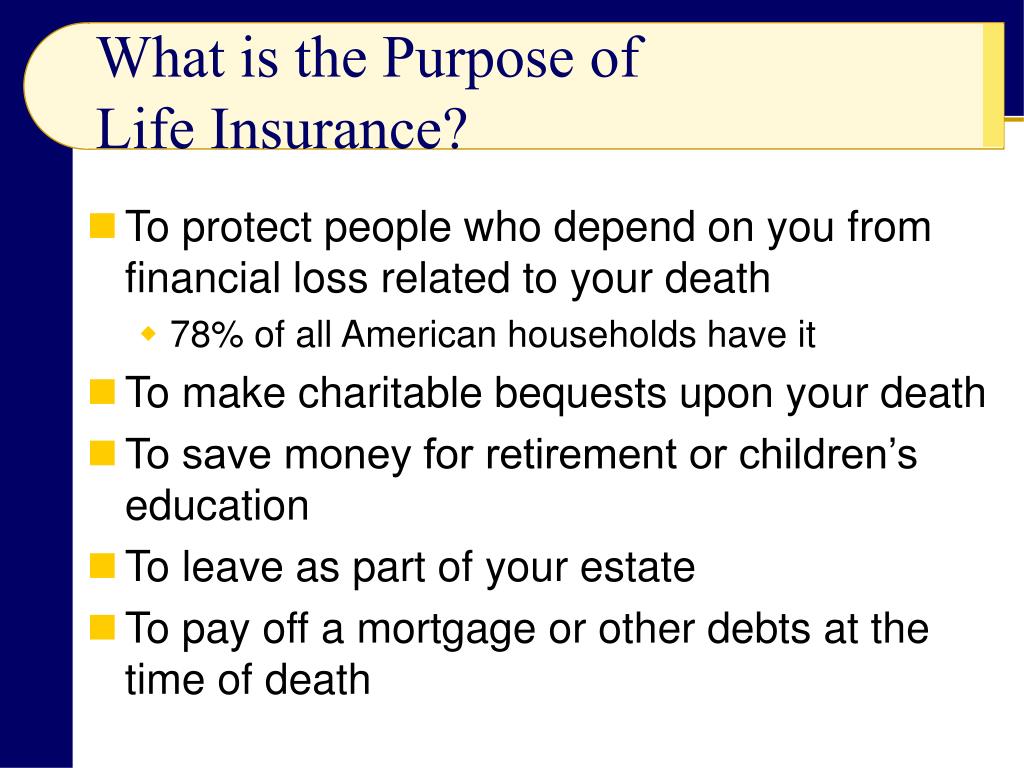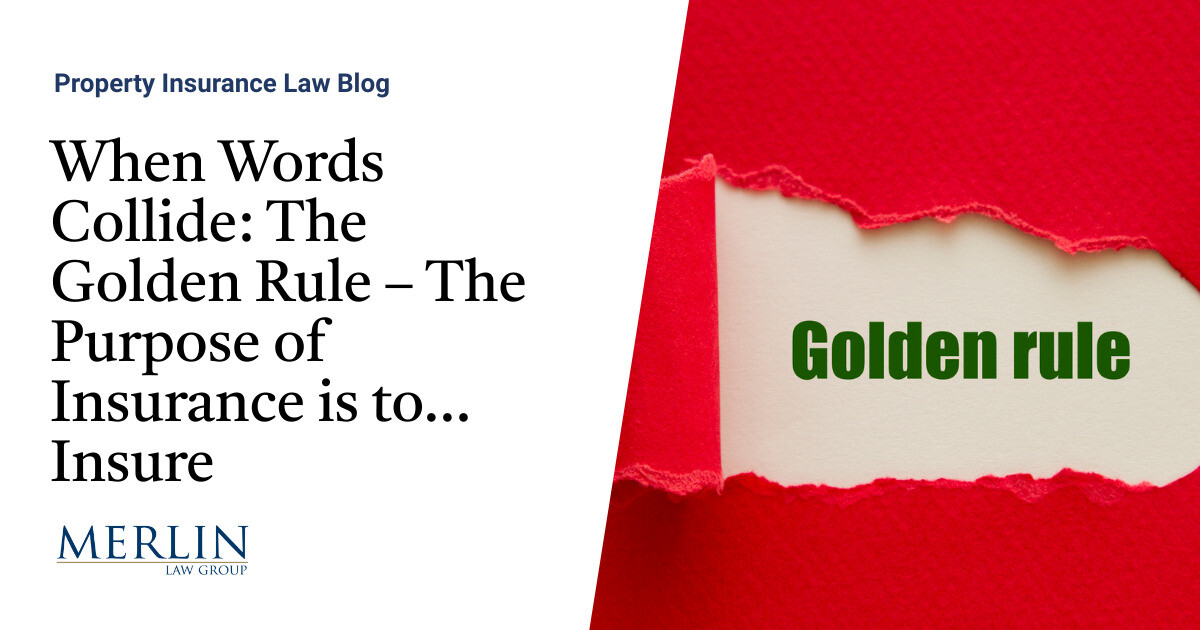Pacific Prime Fundamentals Explained
Pacific Prime Fundamentals Explained
Blog Article
Some Known Factual Statements About Pacific Prime
Table of ContentsPacific Prime for DummiesPacific Prime for DummiesSome Known Details About Pacific Prime How Pacific Prime can Save You Time, Stress, and Money.
In the majority of states, the insurance provider is needed to send you a copy of the adjustments to your plan. It is important that you review Recommendations or Riders so you recognize just how your plan has actually changed and if the policy is still adequate to satisfy your requirements. To obtain a duplicate of your insurance plan, please contact your insurance policy representative or company.
The Institute of Medicine (IOM) Board on the Repercussions of Uninsurance launches an extended evaluation of proof that addresses the relevance of medical insurance coverage with the publication of this report. Protection Matters is the first in a collection of 6 reports that will be provided over the following 2 years recording the truth and consequences of having an estimated 40 million people in the United States without health insurance policy coverage.

Pacific Prime for Dummies
The goal of this collection of research studies is to redouble plan attention on a longstanding trouble. Adhering to the longest economic growth in American background, in 1999, an approximated one out of every 6 Americans32 million adults under the age of 65 and greater than 10 million childrenremains without insurance (Mills, 2000).

10 percent of the population make up 70 percent of healthcare expenditures, a relationship that has remained constant over the previous three years (Berk and Monheit, 2001) - expat insurance. Hence medical insurance remains to offer the function of spreading risk even as it significantly funds regular treatment. From the perspective of healthcare companies, insurance policy lugged by their patients assists safeguard an earnings stream, and neighborhoods gain from monetarily viable and secure healthcare experts and establishments
Federal government gives medical insurance to populaces whom the personal market may not serve properly, such as handicapped and senior citizens, and populaces whose accessibility to healthcare is socially valued, such as children and expectant females. The utmost ends of medical insurance protection for the specific and neighborhoods, including workplace areas of workers and employers, are improved health end results and lifestyle.
Our Pacific Prime Diaries
Employees place medical insurance first without a doubt in significance among all the advantages used in the work environment (Salisbury, 2001). There have been large investments of individual and public funds to provide wellness insurance More hints policy, many people still have no coverage. Despite substantial reporting of study searchings for and wellness treatment study results, the public stays overwhelmed and mistaken regarding Americans without health insurance and the ramifications of lacking coverage.

Without doubt, the complexity of American health treatment funding devices and the wide range of sources of details include in the public's complication and skepticism regarding medical insurance data and their analysis. This report and those that will follow aim to boil down and offer in readily reasonable terms the considerable study that bears on questions of medical insurance coverage and its relevance.
Fifty-seven percent of Americans polled in 1999 thought that those without health and wellness insurance policy are "able to obtain the care they need from medical professionals and health centers" (Blendon et al., 1999, p. 207). In 1993, when national interest was focused on the issues of the uninsured and on pending healthcare regulation, just 43 percent of those surveyed held this idea (Blendon et al., 1999).

They also obtain less preventive services and are less most likely to have normal take care of persistent conditions such as high blood pressure and diabetes. Persistent illness can cause pricey and disabling problems if they are not well handled (Lurie et al., 1984; Lurie et al., 1986; Ayanian et al., 2000). One nationwide survey asked more than 3,400 adults about 15 extremely severe or dark problems.
The 9-Second Trick For Pacific Prime
Added proof exists later on in this phase in the discussion of insurance policy and access to healthcare. https://triberr.com/pacificpr1me. Individuals without medical insurance are young and healthy and balanced and choose to do without protection. Almost fifty percent (43 percent) of those surveyed in 2000 thought that people without medical insurance are much more likely to have health problems than people with insurance policy
Voters and plan makers in focus team discussions define those without insurance policy as youngsters that have the opportunity to be covered and feel they do not need it (Concierge Novelli, 2001). Compared to those with at the very least some personal insurance coverage, the without insurance are less most likely to report remaining in outstanding or really good health and wellness (Firm for Healthcare Research Study and Top Quality, 2001).
SOURCE: Center for Expense and Funding Studies, Company for Healthcare Research Study and Quality, based on MEPS data. Young person in between 19 and 34 are even more likely to lack medical insurance than any other age. This is mainly due to the fact that they are much less typically qualified for employment-based insurance policy due to the nature of their job or their short tenure in it.
The understanding that individuals without insurance policy have better-than-average wellness adheres to from confusing the relatively young age account of the uninsured with the far better health and wellness, typically, of younger individuals. This covers the web link between health and wellness status and health and wellness insurance coverage. For those without accessibility to workplace health and wellness insurance policy, inadequate health is a prospective obstacle to purchasing nongroup protection since such protection may be extremely priced, exclude preexisting problems, or be just not available.
Report this page